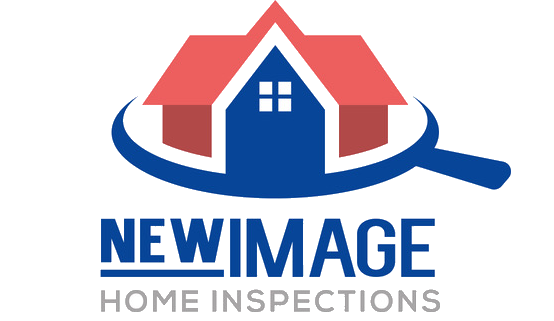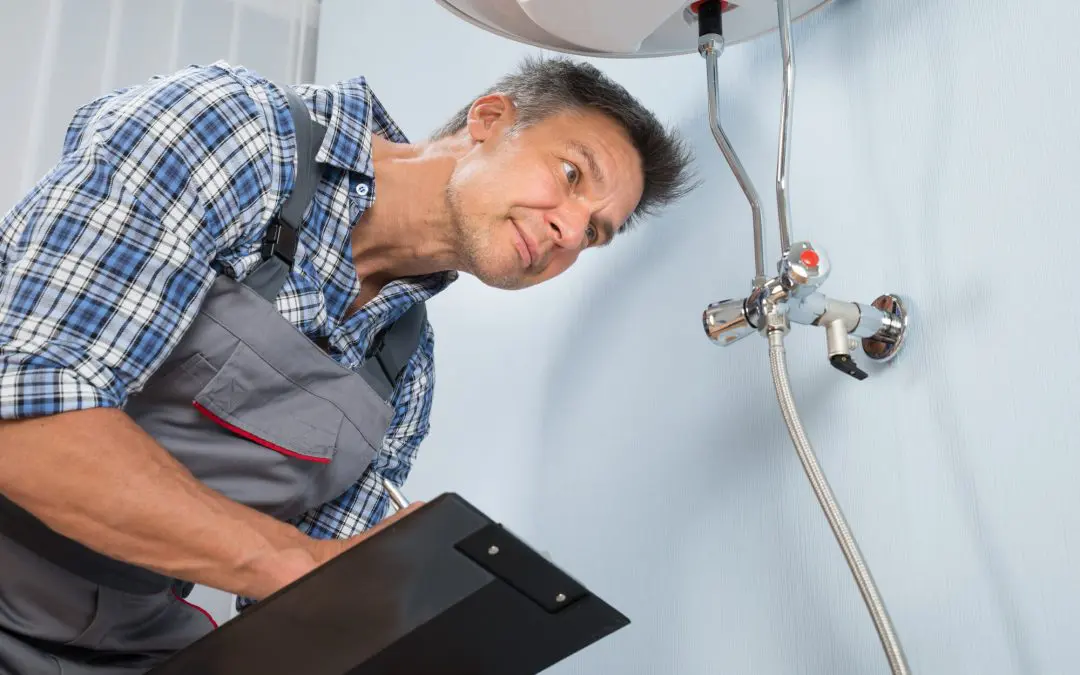A home inspection is a critical step in the home-buying process. It uncovers potential issues that might not be visible at first glance. Understanding common issues found in home inspections helps buyers and homeowners prepare, budget, and make informed decisions.
Roofing Problems
The roof is the home’s first line of defense against the elements, and it is one of the most common areas where issues arise. Missing shingles, leaks, and poor drainage can lead to serious water damage. Aging roofs often have deteriorating flashing, which allows moisture to seep in. Left unchecked, these problems cause mold growth, rot, and structural damage.
Electrical Issues Found in Home Inspections
Outdated or faulty electrical systems are frequent concerns, especially in older homes. Common problems include overloaded circuits, outdated knob-and-tube or aluminum wiring, and improper DIY electrical work. These issues are not just inconveniences—they are potential fire hazards. Homes require up-to-date electrical panels and properly grounded outlets to safely handle modern appliances and technology.
Plumbing Concerns
Plumbing problems range from minor leaks to major pipe failures. Old galvanized pipes are prone to corrosion, restricting water flow and eventually leading to failure and costly repairs. Water pressure issues, slow drains, and outdated water heaters are also common findings. Leaky pipes or fixtures may seem like small problems, but over time, they can cause significant water damage if not addressed.
Foundation and Structural Issues
A home’s foundation is critical to its stability. Signs of foundation problems include cracks in walls, uneven floors, and doors that do not close properly. Some small cracks are expected due to settling, but large cracks or signs of shifting indicate more serious structural issues. If not properly addressed, foundation problems become incredibly costly to repair.
HVAC System Deficiencies
Heating, ventilation, and air conditioning (HVAC) systems are essential for comfort and energy efficiency. Dirty filters, malfunctioning thermostats, and outdated systems are common issues. A neglected HVAC system leads to poor indoor air quality, uneven heating or cooling, and increased energy bills. Regular maintenance and proper installation are key to avoiding expensive repairs.
Poor Drainage and Grading Issues Found in Home Inspections
Water pooling around a home’s foundation leads to serious problems, including basement flooding and structural damage. Improper grading, clogged gutters, and missing downspouts contribute to drainage issues. Ensuring that water flows away from the home prevents long-term damage.
Pest Infestations
Termites, rodents, and other pests cause significant damage if left unchecked. Wood-destroying insects like termites compromise a home’s structural integrity, while rodents chew through electrical wiring and insulation. Evidence of pests, such as droppings, chewed wires, or hollowed-out wood, must be addressed immediately.
Insufficient Insulation and Ventilation
Poor insulation and inadequate ventilation result in high energy bills and uncomfortable living conditions. Attic and crawl space insulation plays a crucial role in keeping a home warm in the winter and cool in the summer. Without proper ventilation, moisture buildup leads to mold growth and wood rot, which are expensive to remediate.
Window and Door Issues Found in Home Inspections
Faulty windows and doors are common in home inspections, especially in older houses. Drafty windows, broken seals, and improperly installed doors lead to energy loss and security concerns. Over time, moisture damage causes wooden frames to rot, making repairs necessary to maintain efficiency and curb appeal.
A home inspection is an essential step in buying or maintaining a home. While no house is perfect, understanding these common issues helps homeowners and buyers make informed decisions. A professional inspection provides the knowledge and confidence needed to move forward with any property.
FAQs
What happens if a home inspection uncovers major issues?
If an inspection reveals significant problems, several options are available. Buyers can negotiate repairs with the seller, ask for a price reduction, or decide to walk away from the deal. A professional home inspection report provides the details needed to make an informed decision.
Should buyers attend the home inspection?
Yes. Being present allows buyers to ask questions and see potential issues firsthand. Inspectors can explain problems in real time and offer advice on maintenance and repairs.
Can a home fail an inspection?
A home inspection is not a pass-or-fail test. It is an evaluation of a home’s condition. Every house has some issues; the key is understanding their severity and how to remedy them.
How long does a home inspection take?
Most inspections take two to four hours, depending on the size and condition of the home. Larger homes or those with significant issues may take longer.
Is a newly built home still worth inspecting?
Absolutely. New homes can have issues, such as faulty wiring, poor insulation, or improper installations. A home inspection ensures everything is up to code and functioning properly.
New Image Home Inspections offers home inspections to homebuyers in upstate South Carolina. Contact us to request our services.

